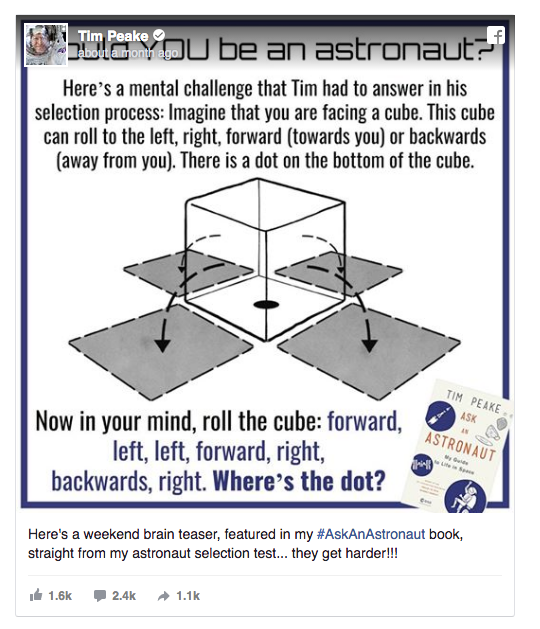Last year was my first time teaching the Grad Class of 2018 (apart from a few individual cases). And, as many of you know, I found it a little challenging at times. I'm all about HARD WORK and PERSISTENCE and DETERMINATION. Meanwhile, my two PreCalculus 11 classes were more about SOCIALIZING and AVOIDANCE and PROCRASTINATION. As I said, a little challenging at times.
However, there were a few students who I could turn to on my toughest days. A few kids who ALWAYS gave their best effort, came for extra help (when needed), and scored well on tests / projects. And Anna was one of these people! (thanks for keeping me sane Anna).
An odd description that I have for Anna is that she is quietly expressive. For the most part, Anna is pretty unassuming. She's there in class but she doesn't bring much attention to herself. You might think that she is shy or even timid. I am here to tell you that this is not the case!
Anna has spent a fair bit of time in my classroom after school (more on that later) and during her spare block. This has allowed me to see a different side of Anna. She is outspoken! She is sarcastic! She is charismatic! And she is very, very funny!
Ms. Sidhu and I are both huge Anna-fans. I remember one time I texted her last year and we had an exchange like this:
Me: Hey! Guess who was just in my room after school and had me laughing almost the whole time?
Ms Sidhu: Don't know. Who?
Me: Anna!
Ms. Sidhu: What?! Anna K? REALLY?! Wow!
You just wouldn't expect it from her quiet, serious in-class personality. By now, Anna and I have had lots of different talks (including one that will never be spoken of again, right Anna!?!?). She's told me about (and introduced me to) her adorable little sister (Anna is a proud and loving older sis). She's talked about future career plans (computer programmer? teacher? business major?). She's encouraged me to stop being a snob and watch the American version of The Office (I am forever grateful. And I will forever associate her with Killer Mike).
I'm really hoping that Anna is pleased with this Student of the Week "honour". Because I know that, at one time, it was a real goal of hers. In fact, this is my favourite Anna story. As I have already mentioned (and as you all know) Anna is an outstanding Math student; one of the strongest in the entire school. And yet, last year, there was a 2 - 3 week period where Anna was coming in to do Math homework almost every day. She seldom asked me for help but, day after day, she'd show up to work on Math. I figured she wanted to get everything done at school so she wouldn't have to take anything home with her.
However...
Anna admitted to me this year that it was a misguided attempt of hers to be picked as Student of the Week! Anna thought I considered all my students and picked the one that showed the most dedication and commitment to their mathematics for that particular week. You know, the sort of person who might come work on their Math homework every day after school. Not sure how long it took for Anna to realize I just pick a random grade 12 student each week (whether they are the hardest worker or the laziest class-skipper) to be the Student of the Week. hehehehe. Too funny!
Anna, thanks for all your hard work in my Math class. And thanks also for all your help as my CS student (that Math club poster will stand the test of time). And thanks ALSO for your help with scorekeeping and card buying, and math contests, and... wow, you do a lot of stuff for me! I admire you so much for your generosity, your unique and varied talents, and your easy going charm. You are an amazing student and a special person. The time has come, Anna! You are AT LONG LAST, the Student of the Week!!! (and you deserve it!!)







 RSS Feed
RSS Feed